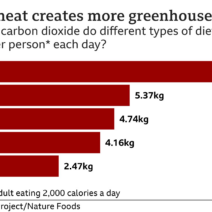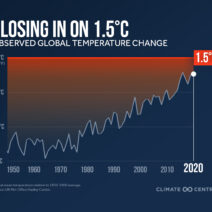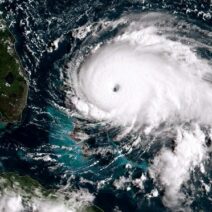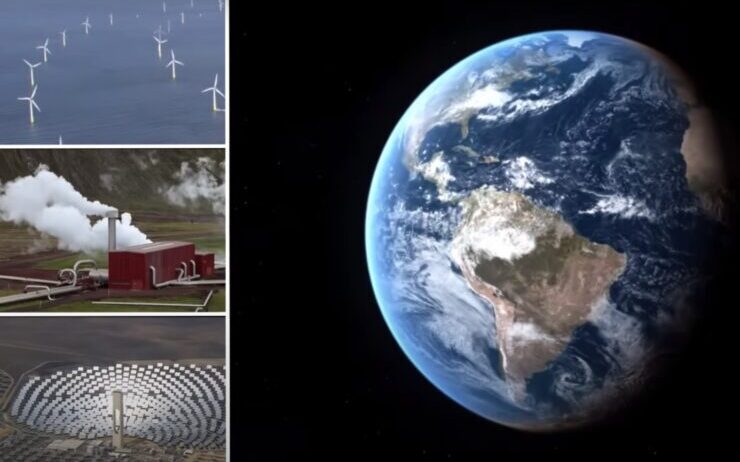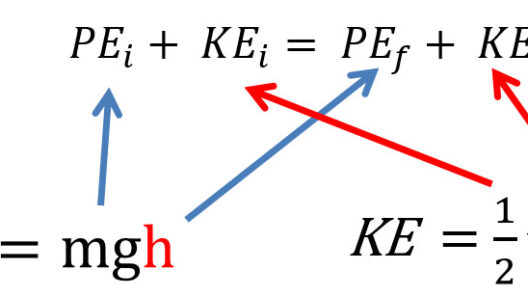In recent years, the pressing issue of energy conservation has proliferated into discussions regarding the future of our planet. One question frequently arises: Is conservation energy renewable or nonrenewable? This inquiry invites a deeper exploration into the nature of energy types, consumption practices, and their associated impacts on the environment.
To embark on this exploration, we must first delineate what we mean by “conservation energy.” At its core, conservation energy refers to practices designed to reduce energy consumption, optimize energy use, and promote efficiency. The underlying premise is simple: using less energy improves our environmental footprint and minimizes resource depletion. However, the crux of the matter lies in the classification of the energy sources that fuel our society.
Renewable energy sources—such as solar, wind, hydroelectric, geothermal, and biomass—are derived from natural processes that can be replenished continually. These sources exhibit a unique characteristic: they do not diminish over time in the same way as fossil fuels. The sun will continue to shine, the wind will blow, and water will flow as long as the Earth endures. Consequently, energy derived from these sources is heralded as sustainable and environmentally friendly.
On the contrary, nonrenewable energy—comprising fossil fuels like coal, oil, and natural gas—originates from finite resources formed over millions of years. These sources are characterized by their depletion; once extracted, they cannot be replaced within a human timeframe. The burning of fossil fuels releases significant quantities of greenhouse gases, contributing to climate change and environmental degradation. This stark contrast establishes a binary classification that prompts us to re-evaluate our energy consumption habits.
The foundations of energy conservation become apparent when we elucidate its reliance on both renewable and nonrenewable sources. While conservation strategies can be applied universally, the ultimate goal remains to transition towards renewable energy sources. Establishing this connection between conservation practices and renewable energy paves the way for a transformative experience.
Many might argue that energy saved is energy produced, leading to an essential point: every effort towards energy conservation reduces the reliance on nonrenewable resources. For instance, effective insulation in buildings reduces the demand for heating and cooling, thereby lessening the consumption of electricity derived from fossil fuels. This intricate relationship paints a vivid picture of how conservation measures can facilitate a gradual shift towards a cleaner energy paradigm, promoting the utilization of renewables.
However, it is vital to acknowledge the complexities inherent in this transition. The demand for energy continues to escalate worldwide, spurred by growing populations and expanding economies. This reality raises compelling questions about the viability of fully transitioning to renewable sources of energy in the face of mounting pressure. The dichotomy of renewable versus nonrenewable energy invites ongoing scrutiny, ultimately emphasizing the need for multifaceted solutions.
Moreover, energy conservation can act as a catalyst for technological advancements. As the world embraces energy-saving technologies—such as LED lighting, energy-efficient appliances, and smart grids—we inevitably create an increased awareness regarding sustainable practices. These innovations often arise from necessity, fostering a culture of conservation that prioritizes renewable energy usage. In this light, energy conservation not only reduces immediate consumption but also fuels an ongoing commitment to sustainability.
As we cultivate a harmonious relationship with our environment, the narratives surrounding conservation energy warrant deliberate analysis. The cognitive dissonance between renewable and nonrenewable energy can breed confusion, yet it simultaneously stirs curiosity and motivation for change. It’s essential to promote an understanding of energy consumption as not merely a binary choice, but rather a spectrum of practices that can collectively contribute to a sustainable future.
Education plays an inexorable role in this shift. By cultivating awareness about energy sources and conservation techniques, educational initiatives inspire individuals, communities, and businesses to make informed choices. Initiatives that promote energy literacy can engender a culture of sustainability, positioning individuals as active participants in the global pursuit of renewable energy solutions.
Moreover, governmental policies can further buttress these efforts through regulatory frameworks that incentivize renewable energy adoption and energy-efficient technologies. The synergy between policy, technology, and individual behavior fosters an environment ripe for change, allowing conservation energy efforts to flourish alongside renewable energy initiatives.
Ultimately, the question, “Is conservation energy renewable or nonrenewable?” reveals more than a mere classification; it acts as a catalyst for a broader interrogation of how we, as denizens of this planet, engage with energy. Conservation acts as a bridge—an intermediary quality that illuminates the path toward renewable energy sources while diminishing dependence on nonrenewable counterparts.
As attention shifts towards renewable sources, the urgent promise of energy conservation emerges. It beckons a collective endeavor, urging us to pledge allegiance to practices that safeguard our environment while facilitating the transition to sustainable energy systems. In this context, energy conservation is not an endpoint but rather a robust ally, propelling us toward a future where renewable energy reigns supreme, and our relationship with the planet is restored.
In conclusion, the dialogue around conservation energy propels us into a thoughtful examination of our energy practices. It sparks curiosity and bridges our understanding of renewable and nonrenewable resources. The transition towards renewable energy can be invigorated through effective conservation practices, providing us with a hopeful lens through which to view our planet’s energy future.
